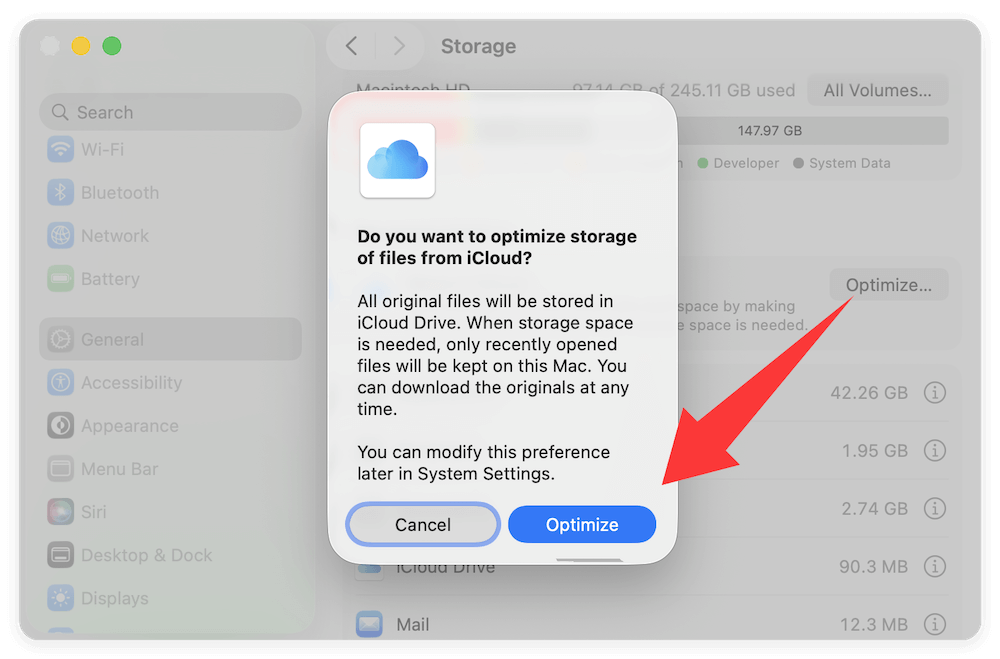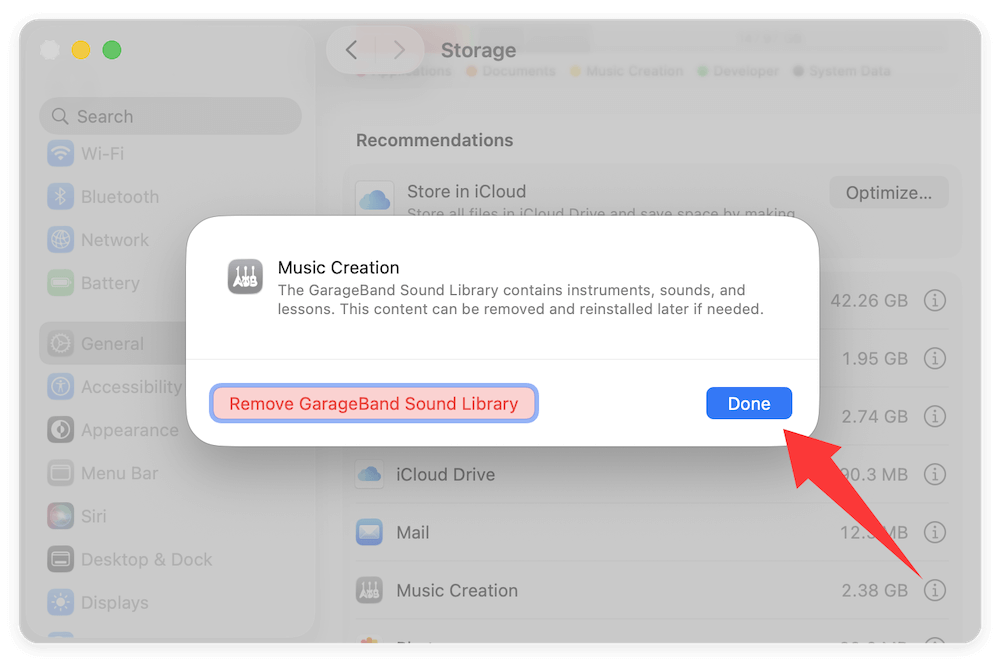Before we start: By using Donemax DMcleaner for Mac, it's easy and fast to free up disk space on Mac. Also, the software offers multiple features to optimize Mac and easily use Mac.
PAGE CONTENT:
Running out of disk space on your Mac? If your Mac feels sluggish, apps crash unexpectedly, or you frequently see "Your disk is almost full" notifications, it's a clear sign your storage needs attention. Over time, unnecessary files, caches, apps, and system junk can pile up, taking precious gigabytes and affecting your Mac's performance.
In this comprehensive guide, we will guide you the simple and advanced methods to free up disk space on Mac, improve speed, and maintain optimal performance. Let's dive in!

How to Check Disk Space on Your Mac
Before deleting files, it's essential to know what's occupying your storage. Fortunately, macOS provides an easy way to check storage usage:
Steps to Check Storage:
- In the upper-left corner, select the Apple Menu.
- Select System Settings > General.
- Go to the Storage tab.
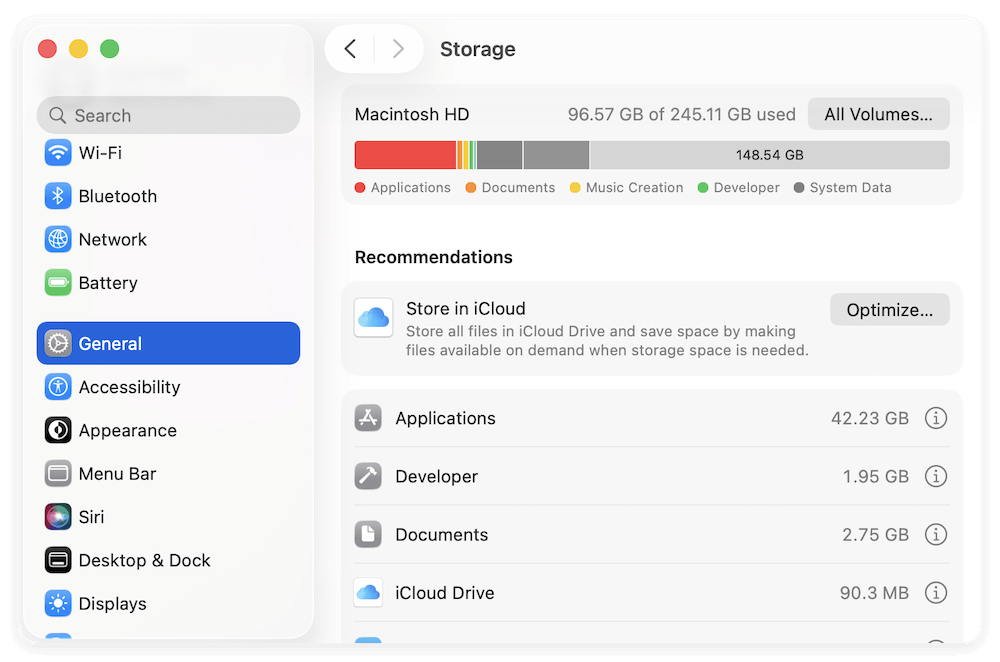
You'll see a color-coded bar showing how your storage is divided into categories like:
- System: macOS files, settings, and essential resources.
- Applications: Installed apps.
- Documents: Files, photos, videos, and downloads.
- Other/Other Volumes: Caches, temporary files, virtual machines, etc.
By understanding what's taking space, you can target large files or unused items for removal.
Quick Ways to Free Up Disk Space on Mac
If you're short on time, start with these quick actions:
Empty the Trash Bin
Deleted files sit in the Trash, still occupying storage. To reclaim space:
- In the Dock, right-click the Trash icon.
- Select Empty Trash.
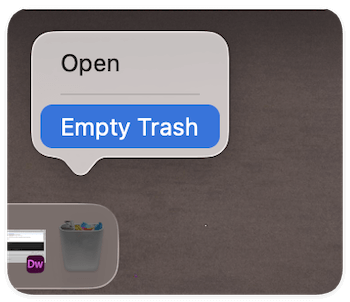
You can also set the Trash to auto-delete files older than 30 days (covered later).
Clear Downloads and Old Files
The Downloads folder is a common storage hog. Review and delete old installers, documents, or videos you no longer need:
- Open Finder.
- Go to Downloads.
- Sort by Size to quickly locate large files.
Find and Remove Large or Unused Files
To find space-hogging files:
- Open Finder, press Command + F.
- Select Kind: Any.
- Change filter to File Size, and specify files larger than, say, 500MB.
Review and delete files you no longer require, but be cautious not to remove essential system files.
Manage Applications
Unused or large apps can consume gigabytes of space.
Uninstall Unused Apps
- Open Applications under Finder.
- Sort by Size to spot large apps.
- Drag unused apps to the Trash and empty it.
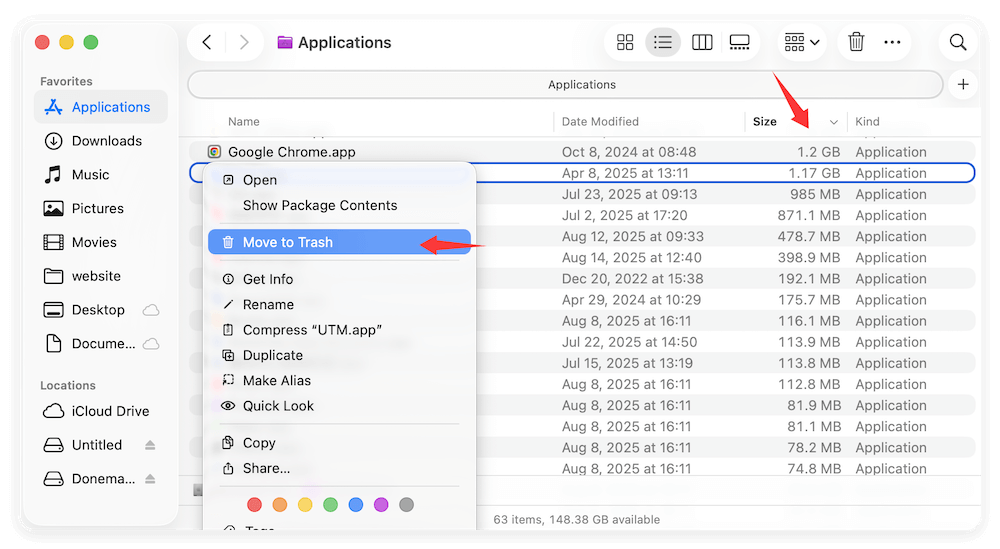
💡 Note: Some apps leave behind support files or caches. To remove these completely, check ~/Library/Application Support, ~/Library/Preferences, or use reliable third-party tools like Donemax DMcleaner for Mac.
Remove Old Backups and DMG Files
Macs often store old device backups and installer files unknowingly.
Delete Old iOS Backups:
- Open Finder.
- Click your iPhone/iPad under Locations (when connected).
- Under Manage Backups, delete outdated backups.
Remove Unused DMG or PKG Files:
- Check Downloads and Desktop for .dmg or .pkg files.
- After installing apps, these are safe to delete.
Manage Mail Junk Data
The Mail app can store years of emails and attachments locally.
- Open Mail > Settings > Accounts.
- Under Mailbox Behaviors, set Erase junk messages and Erase deleted messages to clear space.
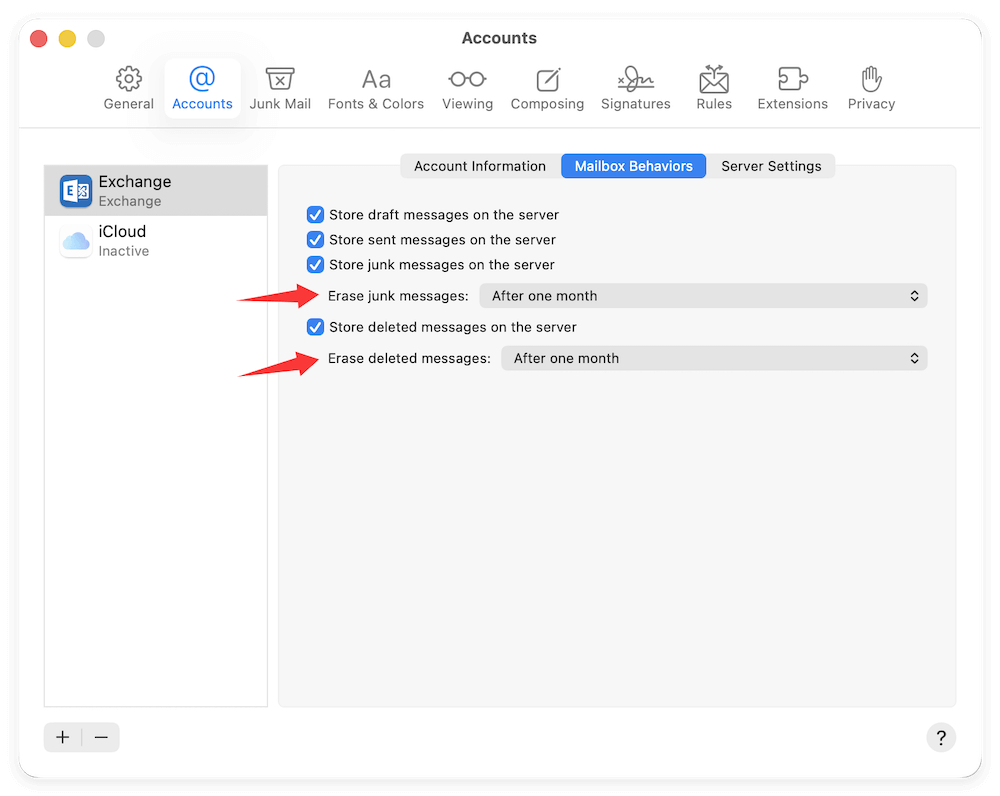
Consider removing old attachments stored on your Mac if they're backed up elsewhere.
Use External Drives or Cloud Storage
For users with limited internal storage, offloading files is a game-changer.
External Storage Options:
- External Hard Drives or SSDs: Store large media, archives, or backups.
- USB Flash Drives: Quick solution for documents or small files.
Cloud Storage Solutions:
- iCloud Drive: Integrated with macOS.
- Google Drive, Dropbox, or OneDrive: Ideal for cross-platform access.
Move infrequently accessed files to the cloud or external drives, keeping only essentials on your Mac.
Optimize Storage with Built-in macOS Tools
macOS includes tools to help optimize space: Click the Apple Menu () > Settings > General > Storage.
Key Features:
- Store in iCloud: Click Optimize button to move Desktop, Documents, and Photos to iCloud, keeping only recent files locally.
![free up disk space on Mac]()
- Check and Remove Data: Clicking the ⓘ icon after an item lets you review large documents and delete unwanted items.
![free up disk space on Mac]()
These features automate storage management, keeping your system lean.
Manually Clear Cache and Temporary Files
Over time, your Mac stores temporary files, system cache, app cache, and user-specific cache to speed up operations. While these files improve performance in the short term, they accumulate and can occupy several gigabytes of storage, especially on older Macs or machines with limited disk space.
What is Cache?
Cache files are temporary data stored by the system or apps to:
- Load frequently accessed data faster
- Reduce repetitive processing
- Improve app responsiveness
Examples include:
Browser Cache: Speeds up webpage loading by storing site elements like images and scripts.
- App Cache: Apps like Spotify, Adobe, or Slack store resources for quicker access.
- System Cache: Temporary files generated by macOS for processes, updates, or background services.
Over time, these files grow in size and can lead to "Other" storage occupying a significant portion of your disk space.
Types of Cache You Can Safely Clear
- User Cache: Stored in ~/Library/Caches
- System Cache: Located in /Library/Caches
- Application Cache: Specific to apps like browsers, creative tools, etc.
Clearing cache can:
- Reclaim significant disk space
- Fix buggy app behavior
- Refresh slow system processes
💡 Note: Some cache is rebuilt automatically after deletion, so temporary performance dips are normal right after cleanup.
How to Clear Cache Manually
Step 1: Before deleting cache, close apps to prevent conflicts or file locking.
Step 2: Open Finder Press Command + Shift + G to open Go to Folder. Enter ~/Library/Caches and click Go. You'll see folders for different apps (Safari, Chrome, Adobe, etc.).
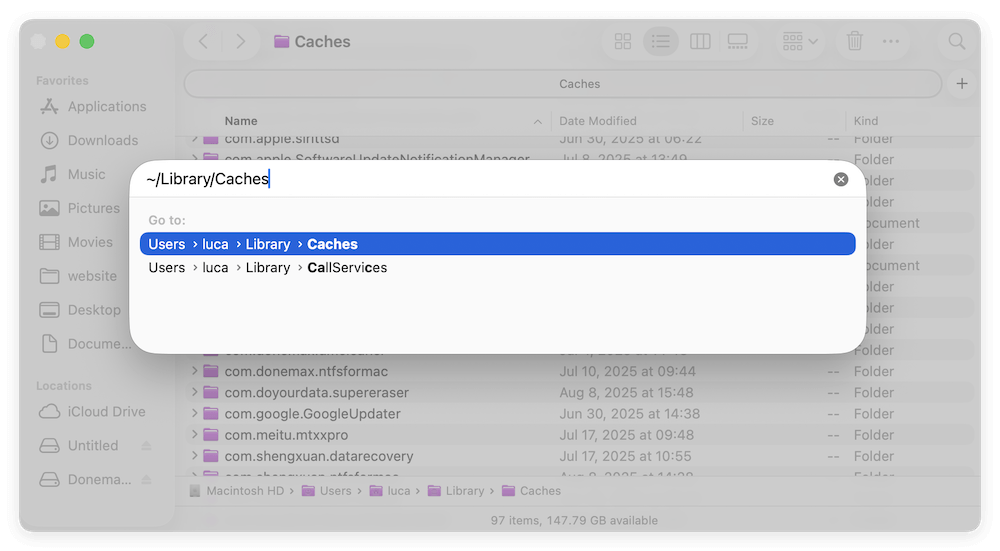
Step 3: Open each app folder (e.g., com.apple.Safari). Delete contents inside, but avoid deleting entire folders unless you're sure. Repeat the process for /Library/Caches (System-wide cache) and /System/Library/Caches (Advanced users only; proceed cautiously)
Step 4: Clear Browser and App Caches
Clear Safari:
- Go to Safari > Settings > Privacy
- Click Manage Website Data
- Remove stored cookies and cache for specific sites
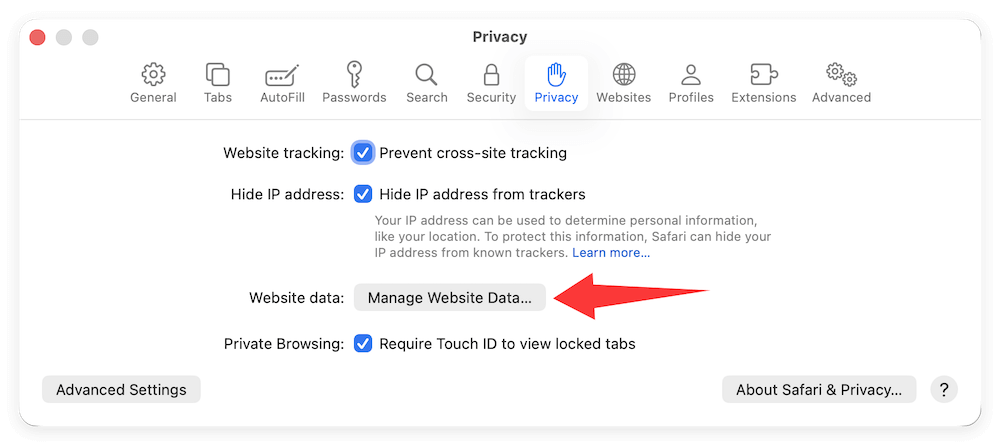
Clear Google Chrome
- Open Chrome
- Go to Settings > Privacy and Security > Clear Browsing Data
- Choose cached images, files, and cookies
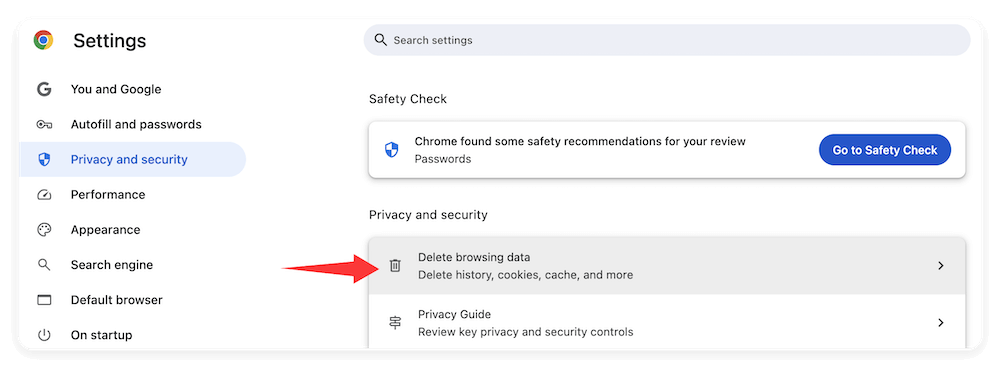
Clear Other Apps (Spotify, Slack, Adobe, etc.)
- Look for cache folders in ~/Library/Caches
- For heavy apps like Adobe Creative Suite, deleting temporary files can recover gigabytes of space
Things You Shouldn't Delete
- System files in /System/Library/Caches unless you're advanced
- Essential preference files in ~/Library/Preferences
- macOS update or critical system cache unless instructed
Deleting critical files may cause app malfunctions, system instability and unexpected errors
How Much Space Can You Expect to Free?
Cache size varies by usage. For light users: 1–3 GB. For heavy users or creative professionals: 5–20 GB+
Apps like Spotify or Photoshop can accumulate large caches, especially when dealing with media files.
When to Clear Cache
- Your Mac is running low on storage
- Apps are glitchy or lagging
- System performance feels sluggish
- After uninstalling large apps
Tip: Regular cache cleanup every few months helps maintain free space and performance.
Automate Method to Free Up Space on Mac
Reliable apps can automate deep cleaning. And it's easy to do the job without manually checking and deleting files. It can also avoid deleting some important system files.
Here we suggest you use the software Donemax DMcleaner for Mac. The software is comprehensive with multiple features to free disk space and optimize Mac.
Donemax DMcleaner for Mac
- Best disk cleanup tool for macOS.
- All-in-one Mac cleaner and optimization tool.
- Easy-to-use and safe to clean up disk space.
The software is very simple to use. You can download and install it on Mac. Then launch the software and select a tool from the left side. Then just following the onscreen wizard to accomplish the task step by step.
For example, you can use it to clean up junk data, uninstall applications, check and remove duplicated and large files, and so on.
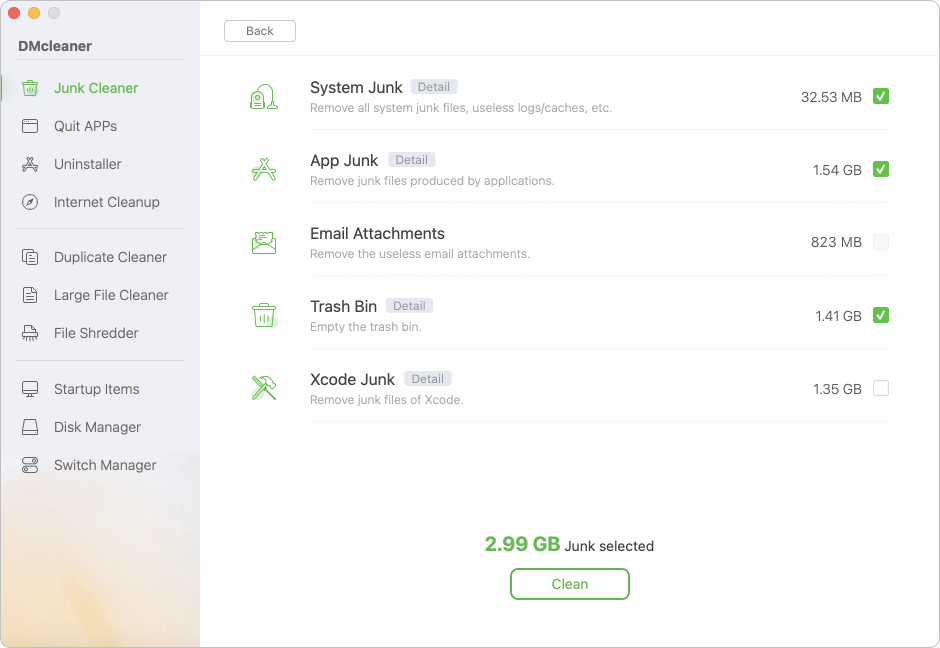
Pros
- Identify large files and system junk.
- Clean cache, logs, old backups with one click.
Cons
- Some apps or features require purchase.
Preventive Tips to Maintain Free Space on Mac
Once you've freed up space, keeping your Mac organized prevents recurring storage issues.
Regular Maintenance Routine:
- Empty Trash weekly.
- Review Downloads and large files monthly.
- Remove unused apps quarterly.
- Clear browser caches periodically.
Storage Monitoring Tips:
- Keep at least 10-15% free space for optimal performance.
- Check storage under Settings > General > Storage regularly.
- Use monitoring tools like Donemax DMcleaner for Mac for real-time alerts.
Conclusion
A cluttered Mac leads to poor performance, frequent errors, and frustration. Fortunately, with the right approach, you can reclaim gigabytes of valuable space and keep your Mac running smoothly.
From basic steps like emptying the Trash to advanced methods involving Terminal or trusted apps, this guide equips you with everything needed to free up disk space on your Mac.
Take action today:
- Start with built-in tools like Optimize Storage.
- Regularly clear caches, downloads, and unused apps.
- Consider cloud storage or external drives for long-term space management.
A lean, optimized Mac not only performs better but extends the lifespan of your machine. Stay organized, maintain free space, and enjoy a fast, responsive Mac experience.


DMcleaner for Mac
Donemax DMcleaner for Mac is an award-winning Mac cleanup & maintenance tool. It offers over 10 tools to help Mac users clean junk data. It helps speed up a slow Mac. Additionally, it includes a smart switch manager and disk manager for Mac.
Related Articles
- Jul 27, 2025How to Delete Temporary Files on Mac: A Complete Guide
- Dec 11, 2025Delete YouTube Cookies and Cache on Mac
- Jun 17, 2024How to Protect Internal and External SSD on Mac?
- Jul 15, 2025[8 Methods] Fix Mac Keeps Freezing: Complete Guide to Restore Smooth Performance
- Apr 18, 2025How to Clean Up Junk Data on Mac Studio – Guide 2025
- Apr 06, 2025Perform MacBook Pro Maintenance: A Comprehensive Guide

Maria
Maria is one of the senior writers & editors of Donemax who lives and works in Sydney, Australia. She loves PC, Mac and Internet Technology. She has 6 years of writing articles about data recovery on PC/Mac, disk cloning solution, data eraser and computer OS optimization, etc. She is also interested in testing various software and digital products.

Gerhard Chou
In order to effectively solve the problems for our customers, every article and troubleshooting solution published on our website has been strictly tested and practiced. Our editors love researching and using computers and testing software, and are willing to help computer users with their problems
